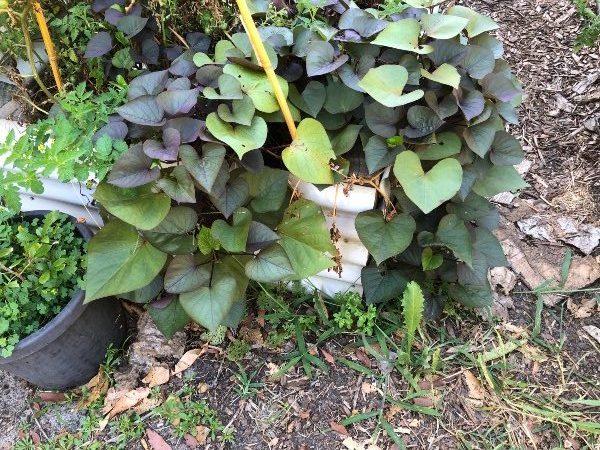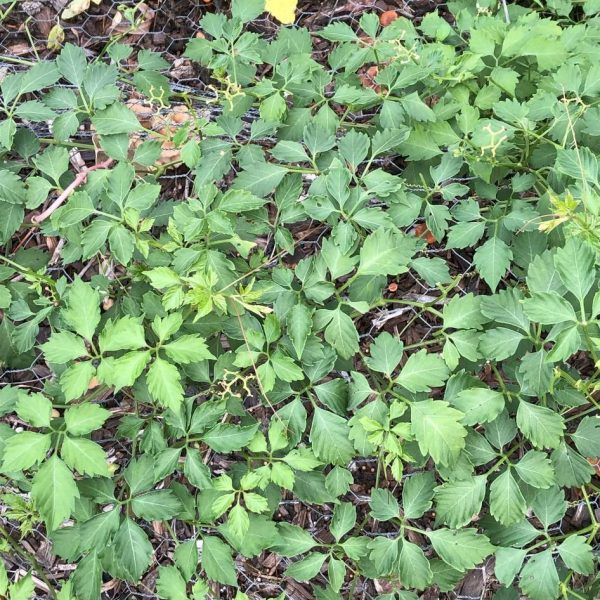No Need To Construct Beds:
This is how we started our new garden a couple of months ago. With very little effort and not too much expense we turned our lawn into a section for annual vegetables, another one for perennial herbs like rosemary and thyme and the bulk of the garden into the beginnings of our food forest.
I call our method simplified sheet mulching.
Most people start gardens either buying metal beds or constructing beds out of timber, roofing sheets or even besser blocks. This is completely unnecessary.
Not only do they cost a considerable amount of money for any meaningful sized garden, you need also much wider paths. (My paths are about 40 cm wide this should be enough unless you have teenagers helping then they should be around 5 meters). The real trouble with these constructions is the the grass which will find its way into the beds and is very difficult to get out of the nooks of the construction.
In case you can’t bend down constructed beds do make sense, but they have to be much higher than what’s usually available.
A good bed size is 90 cm wide and not longer than 3-4 meters. Like that I can easily reach the middle and don’t step on the bed.
What Is Sheet Mulching?
Sheet mulching is a method used by the Permaculture circles, sometimes it goes under the name ‘lasagna gardening’.
- This is what you do: Mow the lawn short, keep the clippings.
- Stray a little bit of manure or similar where you want the garden.
- Get lots of cardboard, soak it in water and lay in overlapping on the ground, about half a meter wider than the garden.
- lay alternating layers of different materials, straw, lawn clippings, manure, compost, coffee ground, hay etc. at least 40 cm it will shrink.
- Open pockets in these layers, fill with compost plant seedlings or seeds, water.
The pros: it creates an instant garden with very little weeds. Weeds germinate with light and layering excludes the light. Later, as the material decomposes the soil underneath gets loose and fertile.
The cons: definitively the materials. Either you have a free or cheap source or it can be very expensive. If you don’t have compost you could buy commercial garden mix instead. Sheet mulching is very good for seedlings or bigger plants like tomatoes, pumpkin or zucchini. It is less effective for carrots, rocket or other close spaced vegetables.
Simplified Sheet Mulching
We started our garden soon after moving, we had plenty of boxes and collected some more, which we soaked and spread.
Instead of making layers of various materials we simply spread commercial garden mix about 30 cm high. Soon after we got hold of a truckload full of tree mulch which we used to fill up our pathways so that they are in one level with the beds. Otherwise the cardboard would look terrible.
It is a very efficient method and the whole garden can be done in a weekend.
We bought something called premium garden mix from a very big and well know supplier and this was a huge mistake! I really can’t stress enough that you ask as many gardeners as you can get hold of what the best mix in the area is. Our whole summer crop was grown on the patches where we did not use the commercial mix. In what was meant to be the vegetable garden we did not even grow weeds! Otherwise I would do the same method once again, it’s fast, lazy and effective.



